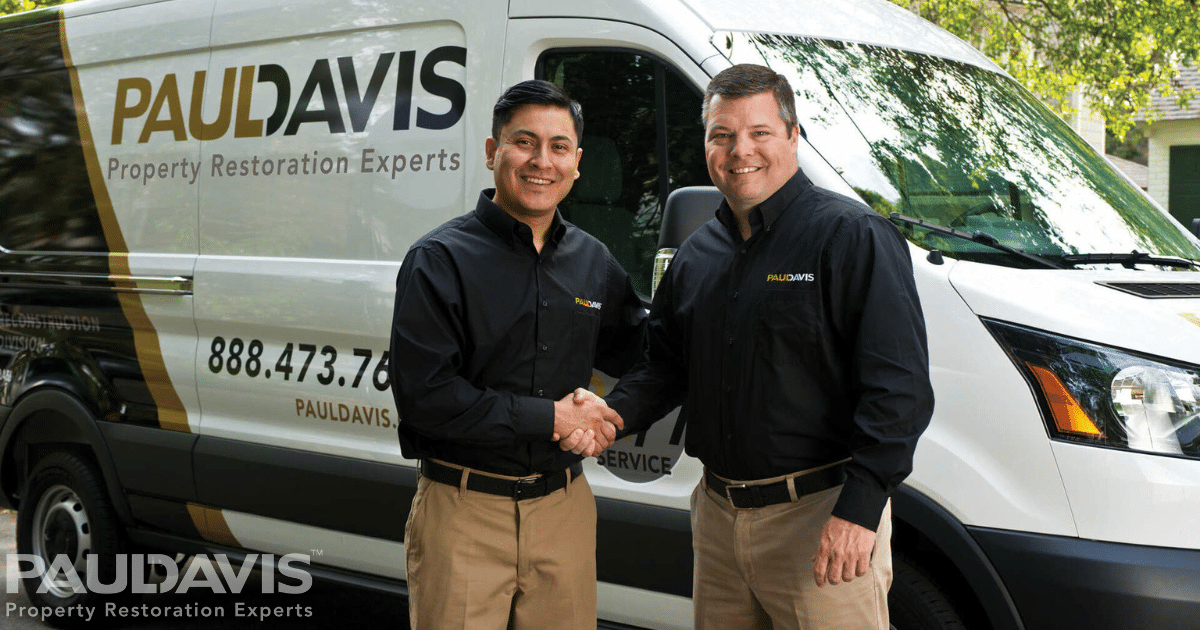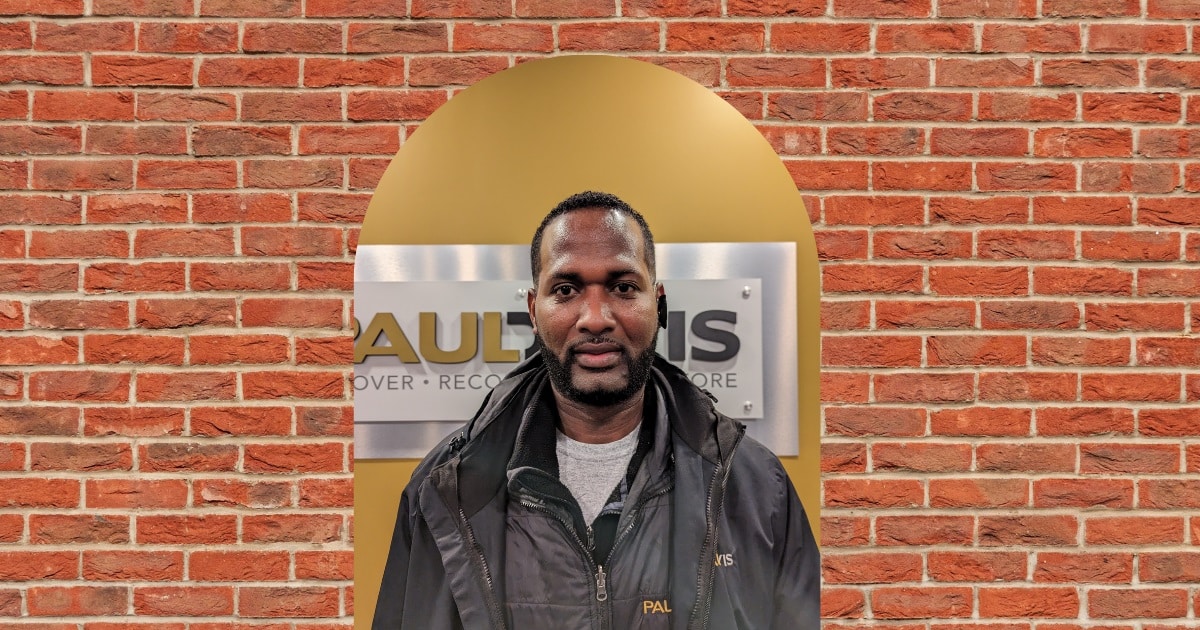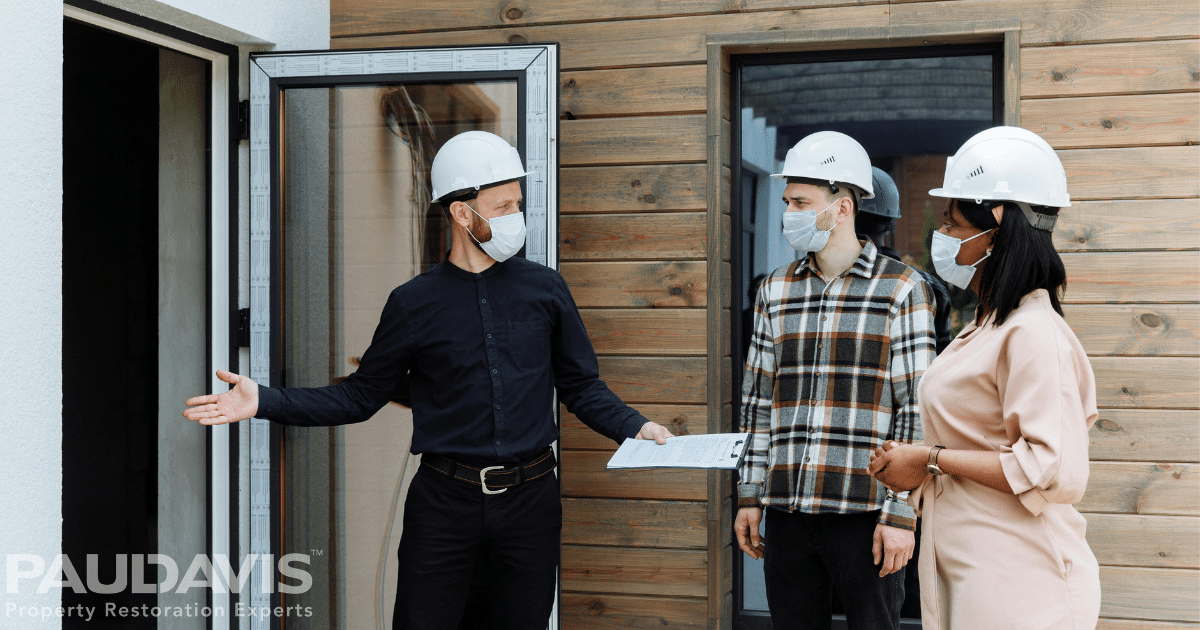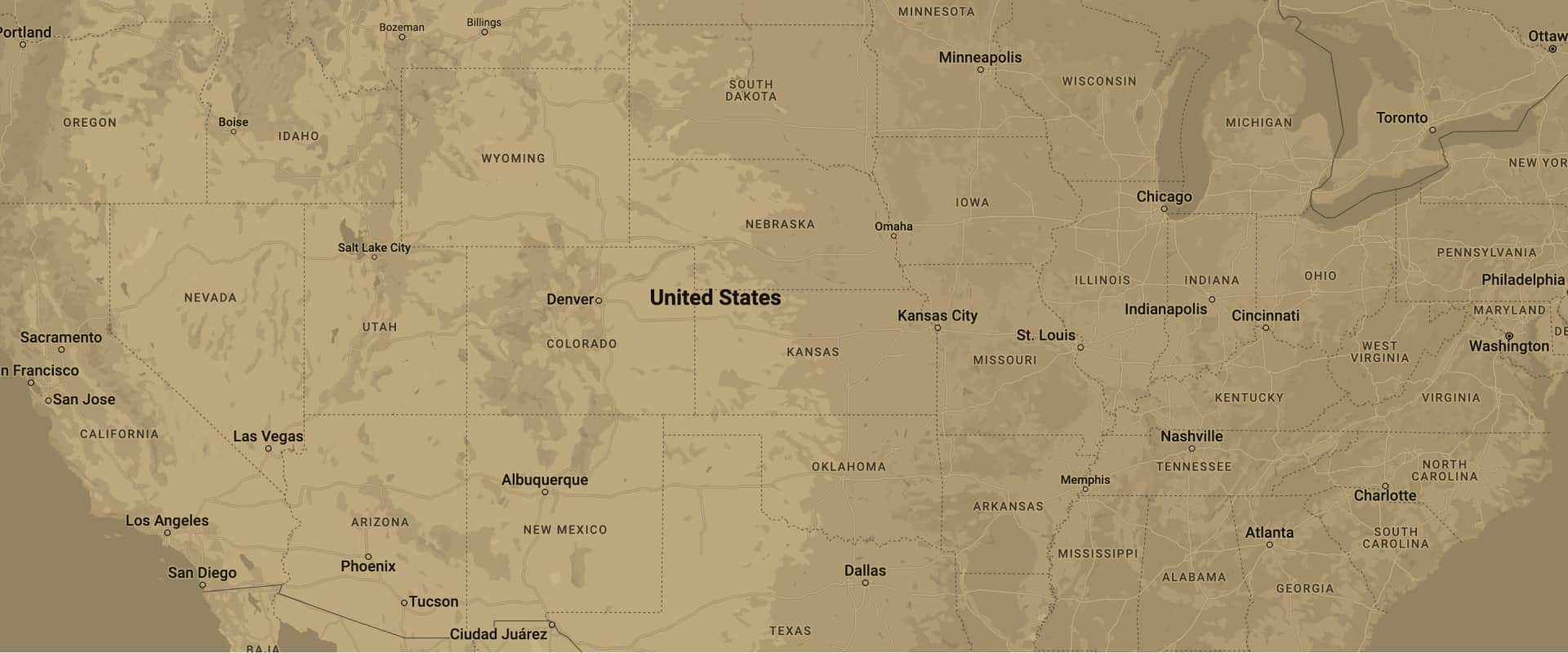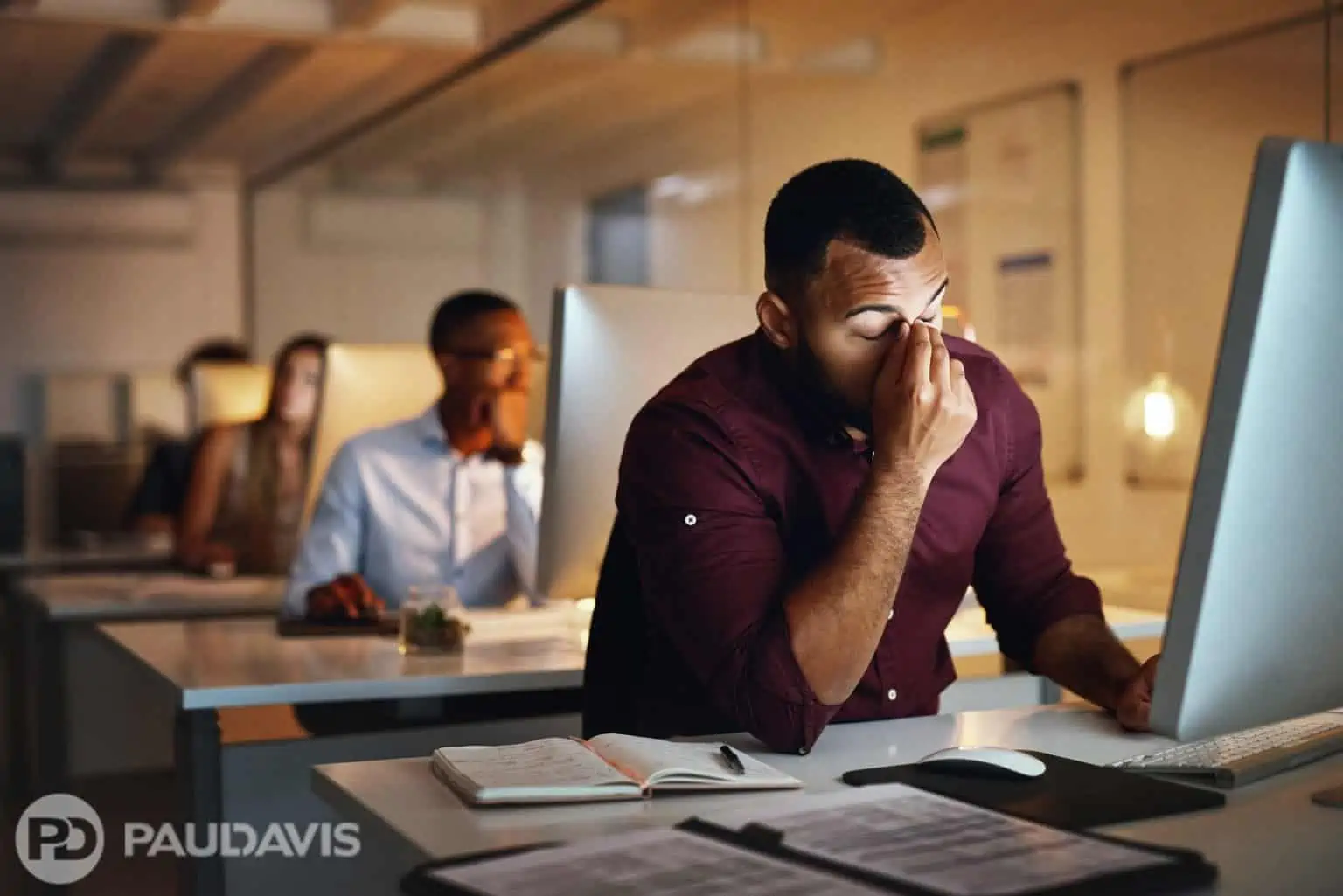
When oil prices skyrocketed decades ago, builders accepted the energy-efficiency challenge with gusto, tightening building envelopes thoroughly. They wrapped sheathing with high-performance barrier layers, double-glazed windows, installed higher R-value insulation and sealed openings where pipes and systems exited.
As expected, energy costs plummeted in these structures. Unfortunately, “sick building syndrome” soon erupted. With little air exchange between the building environment and outdoor air, a range of serious health problems struck occupants. These included but weren’t limited to respiratory illness, chronic headaches, brain fog, fatigue and gastrointestinal complaints.
“Sick building syndrome usually results from poor indoor air quality and nothing harms indoor air quality more than mold growth caused by water damage,” says Leslie Anderson, Vice President of Training for Paul Davis. “Damp materials and air-tight buildings create perfect conditions: high humidity, still air, temperatures between 60 and 80 degrees Fahrenheit and wet, undisturbed, porous materials. Take action fast to prevent mold – the first 24 hours after a leak are crucial.”
Should mold become established in commercial and multi-residential properties, it nearly always requires experts to contain the growth and correct the source of water to prevent future growth. Professional help is needed when any mold is detected: inside ventilation, walls, or heating systems; or related to flooding/water infiltration.
Can building staff attack the problem with disinfectants and elbow grease? Probably not. Commercial mold removal services like those offered by Paul Davis Restoration bring superior capabilities that building maintenance staff can’t attain:
- Prompt assessments conducted by trained, experienced professionals
- Inspections for hidden water damage and/or mold growth
- Industrial-grade water extractors, air filtration devices, dehumidifiers, air movers and other equipment that efficiently removes even large amounts of excess water
- Complete containment of affected areas and removal of contaminated materials
- Cleaning of contents and other personal possessions
- Application of safe disinfectants and antimicrobials
- Sanitation, deodorization, and air purification
- Assistance with insurance claims processing
Once the mold has been contained and treated, turn your attention to preventing future occurrences. “We recommend a list of common-sense maintenance steps,” Anderson explains. “Set up a schedule to carefully look for leaks and mold. Inspect and maintain piping, appliances that contain moisture or use water, HVAC units, condensation lines, and cooling towers. Finally, address moisture problems immediately. Delay provides opportunities for mold to grow!”


